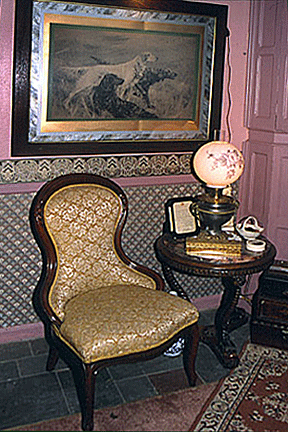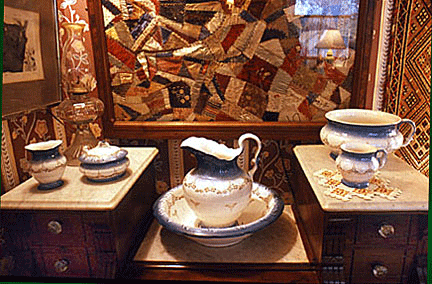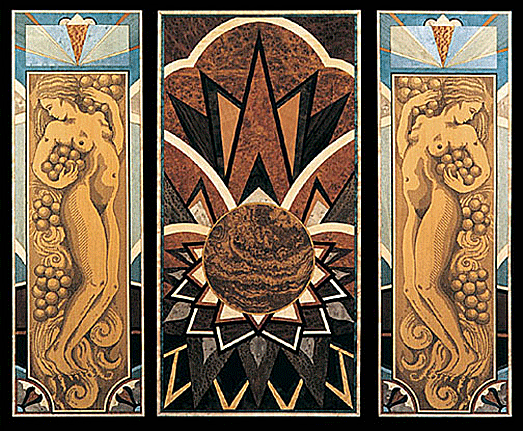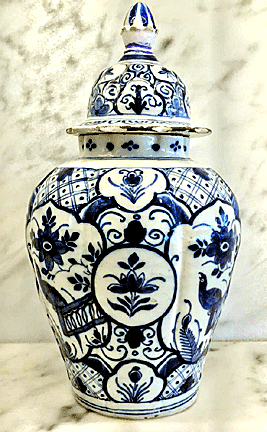|
Antiques in the Moment
by Bob Brooke
 Did
you ever think about who may have owned or used a particular antique?
One day as I was cleaning my living room filled with pieces dating from
the early 19th century to the early 20th, I suddenly realized that every
object in the room was at one time owned and used by someone else. So I
put a CD of piano music by 19th-century American composer Louis
Gottshalk in my CD player and wondered how many of the pieces had heard
it before with a previous owner. Did
you ever think about who may have owned or used a particular antique?
One day as I was cleaning my living room filled with pieces dating from
the early 19th century to the early 20th, I suddenly realized that every
object in the room was at one time owned and used by someone else. So I
put a CD of piano music by 19th-century American composer Louis
Gottshalk in my CD player and wondered how many of the pieces had heard
it before with a previous owner.
History can be fascinating. What we study in school is only the tip of
the iceberg. But the items people used daily really tell about what life
was like.
What is Social History?
If you’re going to collect antiques, you need to immerse yourself in
whatever period of history appeals to you. Genealogists call this social
history—the daily goings on of ordinary people. Unlike political
history, which deals with affairs of state, social history is an
outgrowth of economic history. It’s more of a combination of a economic
history and sociology.

Finding out more about what happened at a particular time in history
makes antiques come alive. How did particular social groups use them?
The economic status of a group would have affected what they used and
the quality of object.
Learning About the History Behind
Antique Styles
Browsing through antique shops and malls, plus reading books and online
articles as much as possible will help. But don’t just read books and
articles about antiques. Learn about historic events and how they
affected people’s lives and the styles of the time. No antique style
just appeared. All evolved over time—sometimes decades—and all came into
being for a reason.

 Acquaint
yourself with the major styles Jacobean, Queen Anne, George III, Art
Nouveau, Arts and Crafts, Art Deco. Learn the characteristics of each
style. Acquaint
yourself with the major styles Jacobean, Queen Anne, George III, Art
Nouveau, Arts and Crafts, Art Deco. Learn the characteristics of each
style.
Try to learn just the main product names at first. Delft, Blue Willow,
Victorian and Staffordshire will take you a long way in the real world
of ceramic antiques. Periods are also important. Late 17th century, 19th
century and even early 1950s is the language that most antique
enthusiasts know. Don't rush to learn everything at once as you’ll pick
these up pretty quickly. You’ll be surprised how much knowledge you can
acquire just by reading labels. Associating styles with descriptions
will also bring your knowledge up to speed extremely quickly. A Saturday
afternoon spent browsing will be invaluable.
<
Back to Antiques Extra! Archives
Next Editorial > |
